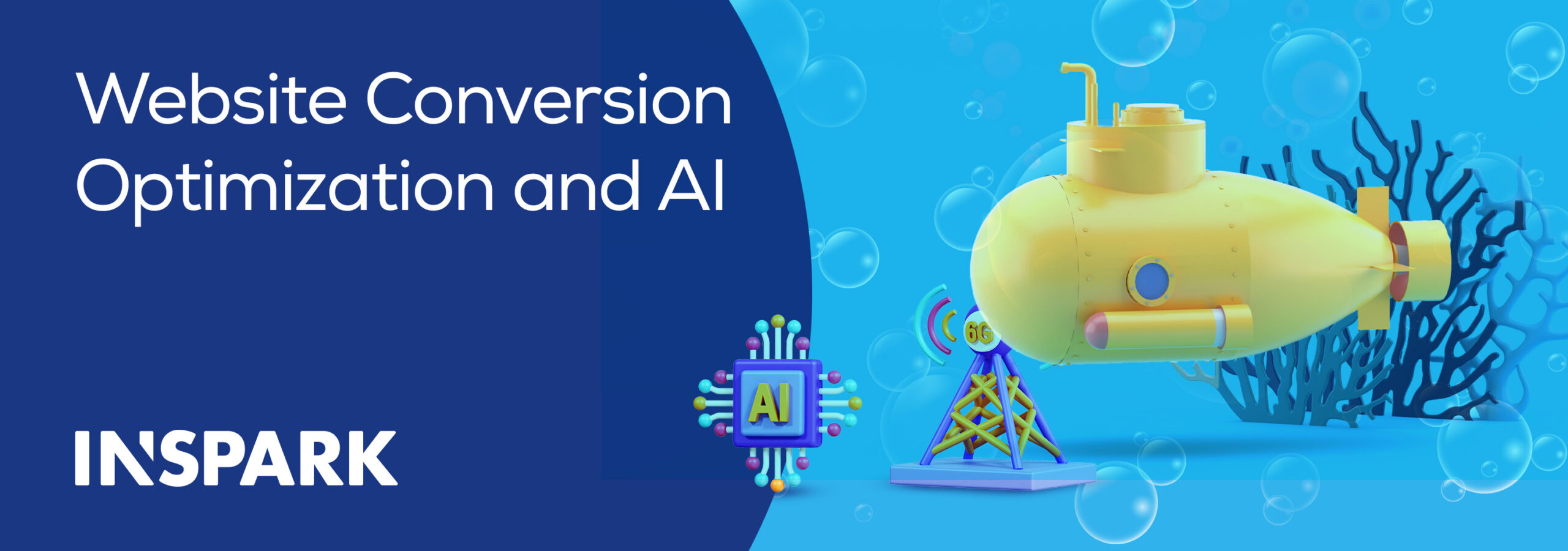
Today, almost everyone tries to get to know a brand by searching it on the web first. So, the first place where your customers will gain insight into your brand is your website. Naturally, customers expect personalized experience and want the presence of a user-friendly interface once they click on your website.
Nowadays, brands review these attempts as websites have turned into an active digital experience for the customer. For this reason, many companies focus on making strategic arrangements for effective use of websites.
Do you know why? Today, a “website” may result in financial losses for a company if it does not play an important role in marketing activities. In other words, that company ends up with lost customer relationship before it even starts. However, it may also offer a great advantage in the market for companies with a robust strategic website plan. That is to say, your company can move one step further through a proper website transformation strategy.
Then what matters to customers?
Based on the State of the Connected Customer Report prepared by Salesforce with over 13,000 customers and about 4,000 companies around the globe, the 3 principles that matter to the customer are:
- Trust and loyalty in customer-brand relationships
- User-friendly interface and confidentiality principles
- Experience that prioritizes the digital
Additionally, 56% of the customers request a personalized website according to this report.
Considering the customer behavior, it can actually be stated that they make a very simple journey. This journey includes any interaction with your brand. Customers use these interactions to develop a conception and idea about your products and services and about your brand in general. For example, there is a beverage brand that you like. You like this brand because the product tastes good and is reasonably priced. You had a good impression because the brand met both your needs and demands. If, so, the brand sends you a special message about new drinks that you’ll love, wouldn’t this experience turn out well?
That is to say, a prospective customer usually gets to search specific information that will cater for their needs when they visit your website. In the main, they keep one thing in mind: “What benefits does this product bring to me?”
Based on the same report, 62% of the customers state that they want companies to anticipate their needs. So, the people visiting your website not only expect personalized products and services tailored to them, but also want companies to understand and anticipate their needs. That’s why companies offer tailored options to customers by observing customers’ behavior on the brand, including customer sentiment, expectations, and touchpoints, and by anticipating needs.
How important are personalized experiences to Customer Relationship Management (CRM) activities?
Productivity and organization processes in the sales and marketing department are crucial to companies. So, there is no better way for the sales and marketing team than to automate this new “personalization” guideline. Creating an automatedwebsite personalization experience is much more efficient than often updating pages and design templates. Remember that providing smooth customer tracking and efficient automation takes good specialty as well as diligent planning. Establishing automation especially through non-specialized collaboration and integrating it with existing website systems and processes can lead to a problem beyond a technical challenge for companies. That’s exactly why CRM integration by Salesforce is a good automation provider to ensure smooth data synchronization between your website and your CRM activities. In addition, this automation does not have to wait for several visits to the website to collect customer data. It provides high-quality data flow even in a single website visit by your customers. For example, we, at Salesforce and INSPARK, also use personalization tools to create a unique experience for each customer visiting our website. We show visitors content based on their interests, report their experience through high-quality data, and automatically design new suggestions in seconds in line with their tab and product navigations within the website.
So, what happens when things don’t always go your way? When a department has cost optimization, it becomes more important to amplify relationships with your existing customers. Probably, you already have good relationships with most of these customers. Now it is time to do your best not to lose them!
The way to maintain your relationships with your existing customers is to demonstrate that you understand them. Sometimes, this could even be a gesture as simple as presenting any content or offer that will make them interested when they click on your website. So, it would be good to make sure their personalized experience encompasses all customer touchpoints, including service and sales, so that you get to know your customers better. Besides, sharing this critical customer experience data with other departments of your company can serve as a bridge to establishing long-term CRM activities. Please be reminded that maintaining these relationships is just as important as establishing these “website customization points”. As a result, your company will derive financial and relational benefits from this both in the short and medium term.
How to turn your website visitors into best customers
As included in the report by Salesforce, 84% of the customers state it is very important that companies remember that they are “human”, not treating them like “numbers”. So, how can you integrate this expectation with technology?
Good news for companies in the marketing industry, who want to create a personalized experience on their websites: using artificial intelligence and high-quality data can make things easier for you. For example, automation is the most effective tool in your website transformation processes. It creates an algorithm driven by the interests of your website visitors, allowing them to have a tailored digital experience whenever they use the website.
We have prepared for you some strategies, as well as several hints, for website optimization to turn your prospective customers into your best customers, gain new customers and maintain your customer relationships:
- Collect data that will enable you to analyze your website users: Collecting data is the way to understand your customers. Artificial intelligence-aided algorithms create personalized profiles of your visitors faster, based on their patterns of behavior. It analyzes data, such as browsing history, demographics and behavior patterns, in real time. With this information, you can create suggestions within the website and highlight the products that will interest them, based on the interests and preferences of the visitor.
- Leverage this data to make innovation in your e-mails: By collecting visitors’ website behavior data, you can create more goal-oriented and tailored e-mail content. And this will increase the probability for the target audience to interact with your brand and give feedback. These e-mails can turn out to be effective when presented with time-adjusted planners to correspond to the visitor’s specific behaviors and interests. If, for example, a visitor has viewed a specific product on your website, you can send that visitor an e-mail with other personalized product recommendations or special offers for that product. Here are a few more suggestions you can try based on your visitors’ website behavior data:
- You can create e-mail lists separated into segments based on page visits, products viewed, and processes executed.
- You can send reminder e-mails, such as forgotten shopping cart e-mails or follow-up e-mails after a specific process has been executed.
- You can show personalized alert texts that prompt the customer to execute a process on the relevant screen regarding the products browsed by them.
- Celebrate birthdays or special occasions: We know that customers love a surprise. So, all this collected data can help you enhance the transformation rate for your website, assisting you with a better understanding of your customers and what makes them happy. For example, you can use customer data to celebrate birthdays, anniversaries or special occasions (women’s day, father’s day, valentine’s day, etc.). You can offer customers personalized promotions or discounts for special occasions due to their interest in your brand. Here, the key part is getting feedback by following up your customers after sales. It is important for you to make sure that they are satisfied, because this will help you then prepare personalized recommendations for those products or services.
- Work together with your customer services team to obtain personalized profiles of your customers: Ideally, sales-marketing and customer services departments should work together to promote increase in website transformation rates. The starting point can be to establish a system for customer service representatives to integrate customer data from various sources into a single profile. So, what needs to be done when this data is accessed in real time through interactions? Here are some final recommendations for you:
- Determine customer needs quickly.
- Leverage predictive artificial intelligence analytics to anticipate customer needs and propose personalized solutions.
- Until then, give personalized support by clearly seeing what your customer has done within the website.
